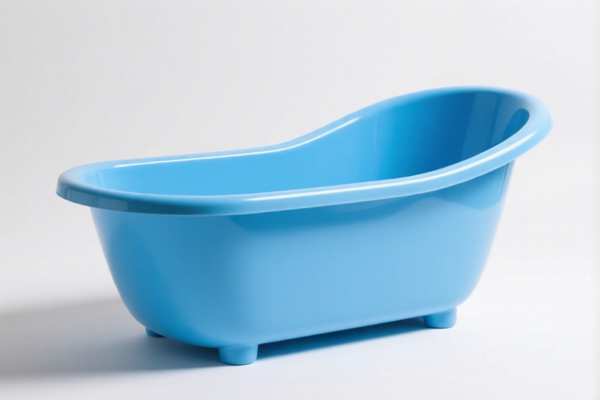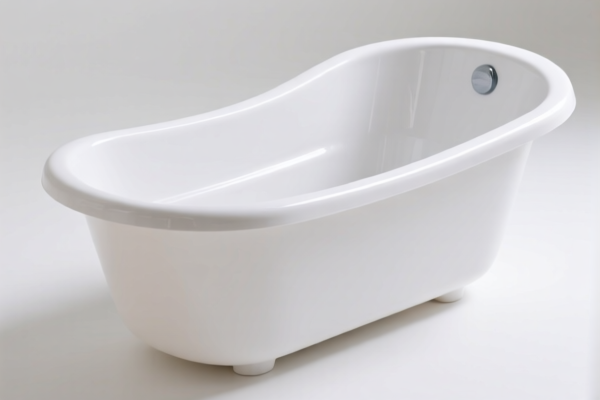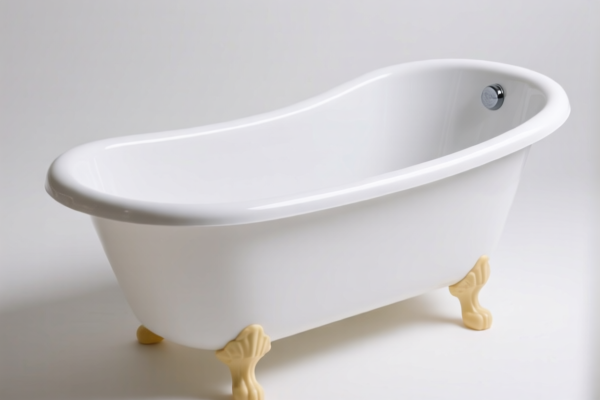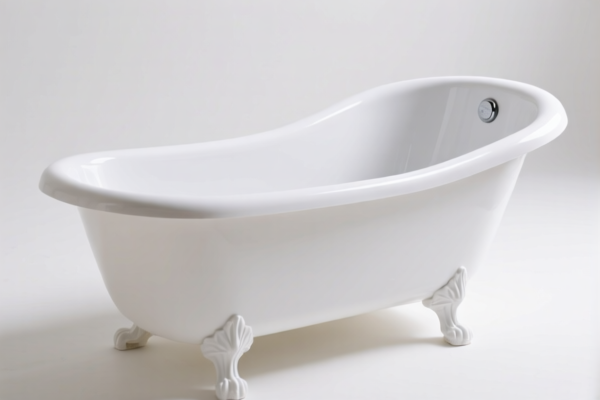| HS Code | Official Doc | Tariff Rate | Origin | Destination | Effective Date |
|---|---|---|---|---|---|
| 3924104000 | Doc | 33.4% | CN | US | 2025-05-12 |
| 3924905650 | Doc | 40.9% | CN | US | 2025-05-12 |
| 3926901600 | Doc | 40.6% | CN | US | 2025-05-12 |
| 3926909905 | Doc | 42.8% | CN | US | 2025-05-12 |
| 9620005000 | Doc | 60.3% | CN | US | 2025-05-12 |
| 9617006000 | Doc | 37.2% | CN | US | 2025-05-12 |




Plastic Hamster Bathtub
A plastic hamster bathtub is a small container designed to provide a designated area for hamsters to bathe and maintain hygiene. These tubs are typically constructed from durable, non-toxic plastic and are intended for use inside a hamster cage.
Material:
- Plastic: Most commonly polypropylene (PP) or high-density polyethylene (HDPE). These plastics are chosen for their durability, ease of cleaning, and non-toxicity to small animals. BPA-free plastics are preferred.
- Some models may incorporate stainless steel components, such as a grate for drainage.
Purpose:
- Hygiene: Hamsters are naturally clean animals, but they benefit from assistance in maintaining cleanliness, particularly in areas they use as a toilet.
- Dust Bathing: While not a water bath, many hamsters utilize these tubs for dust bathing, a crucial grooming behavior that removes excess oils and keeps their fur healthy.
- Scent Gland Cleaning: Syrian hamsters, in particular, have scent glands on their flanks that may require cleaning with a damp cotton swab within the tub.
Function:
- Containment: The tub’s sides prevent sand or water from scattering throughout the entire cage.
- Designated Area: Provides a specific location for bathing, reducing mess and keeping the rest of the cage clean.
- Safe Environment: The smooth plastic surface minimizes the risk of injury during grooming.
Usage Scenarios:
- Dust Baths: Filling the tub with chinchilla sand or specialized hamster bathing sand allows the hamster to roll around and clean its fur.
- Spot Cleaning: Using a damp cloth or cotton swab to clean soiled areas of the hamster's fur or body.
- Scent Gland Maintenance: Gently cleaning the scent glands of Syrian hamsters.
- Water Baths (Limited): While not generally recommended, shallow water baths can be given if necessary for severe soiling, but must be supervised closely to prevent chilling or drowning.
Common Types:
- Corner Bathtubs: Designed to fit into the corner of a hamster cage, maximizing space.
- Rectangular Bathtubs: The most common shape, offering ample space for grooming.
- Bathtubs with Grates: Include a grate or mesh bottom to allow drainage of water or sand.
- Bathtubs with Sifters: Incorporate a built-in sifter to remove soiled sand after use.
- Transparent/Opaque: Available in clear plastic for easy viewing or opaque plastic for a more natural aesthetic.
The declared goods, a plastic hamster bathtub, fall under several potential classifications based on material and function. Here's a breakdown of relevant HS codes:
- 3924104000: This code covers “Tableware, kitchenware, other household articles and hygienic or toilet articles, of plastics: Tableware and kitchenware: Other”. While primarily for tableware and kitchenware, it could apply if the bathtub is marketed for general household cleaning or small animal care, functioning as a container. The total tax rate is 33.4% (Base tariff: 3.4%, Additional tariff: 0.0%, Post-April 2, 2025, Additional tariff: 30.0%).
- 3924905650: This code is for “Tableware, kitchenware, other household articles and hygienic or toilet articles, of plastics: Other: Other”. This is a broader category and a more likely fit if the item isn’t specifically presented as tableware or kitchenware. The total tax rate is 40.9% (Base tariff: 3.4%, Additional tariff: 7.5%, Post-April 2, 2025, Additional tariff: 30.0%).
- 3926901600: This code covers “Other articles of plastics and articles of other materials of headings 3901 to 3914: Other: Pacifiers”. Although specifically for pacifiers, this code demonstrates the classification of small plastic articles for animal use. The total tax rate is 40.6% (Base tariff: 3.1%, Additional tariff: 7.5%, Post-April 2, 2025, Additional tariff: 30.0%).
Important Considerations:
The classification hinges on the item’s primary function and marketing. If the bathtub is explicitly marketed for small animal use, HS code 3924905650 is the most appropriate.
Please note that the additional tariffs of 30.0% will be applied after April 2, 2025, for all listed HS codes.
Customer Reviews
No reviews yet.